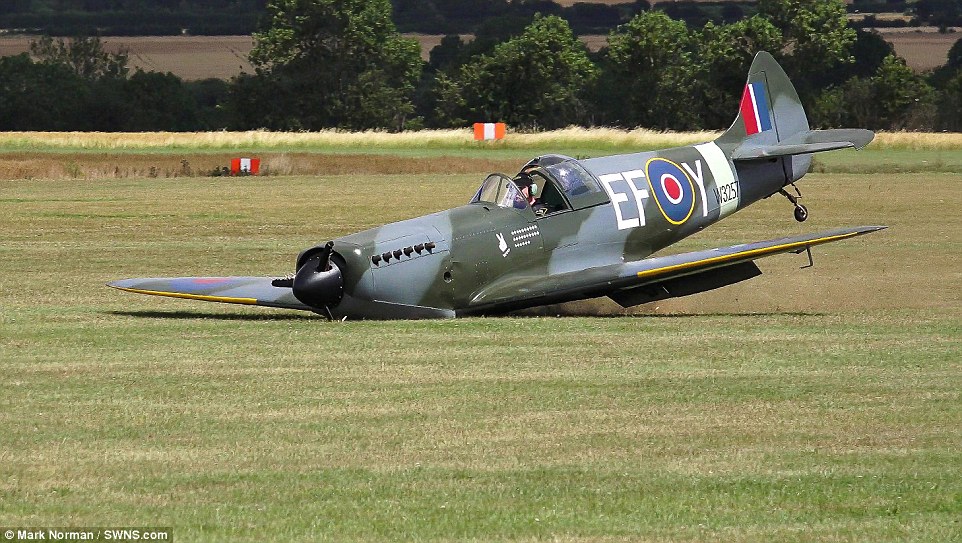Kristin
Pattern Altitude
- Joined
- Dec 1, 2013
- Messages
- 1,610
- Location
- Twin Cities
- Display Name
Display name:
Kristin (The Aviatrix)
This!
I am not against checklists, but single pilot, I have found the hard copy checklist can actually be a distraction. I have skipped more steps using the hard copy than using a flow. You start looking at the checklist and then look up/answer ATC/adjust trim..etc and next thing you know, you just skipped over 'landing gear down'.
I am with you. I use mnemonics like GUMP and flows.


